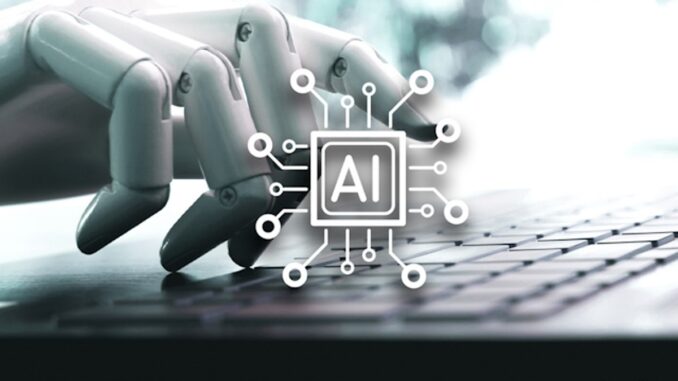
The implementation of Artificial Intelligence (AI) technology brings numerous benefits, but it also demands responsible and ethical usage to mitigate risks and ensure fairness. Here are some best practices for ethical AI use:
### 1. Transparency- **Clear Documentation**: Maintain detailed documentation of the AI systems, including their purpose, designs, and underlying algorithms.









– **Explainability**: Develop models that are interpretable and can be understood by stakeholders. Users should know how decisions are made.
### 2. Accountability
– **Clear Responsibilities**: Assign ownership for AI systems and their outcomes, ensuring accountability for decisions made by AI.
– **Audit Trails**: Implement systems to log decisions and be able to trace back through the decision-making processes.
### 3. Fairness and Non-Discrimination
– **Bias Detection**: Regularly test AI models for biases and ensure diverse datasets to minimize prejudice in outcomes.
– **Inclusive Design**: Engage diverse teams in designing and developing AI solutions to reflect a variety of perspectives.
### 4. Privacy and Data Protection
– **Data Minimization**: Collect only the data necessary for AI functions and avoid excessive data gathering.
– **Anonymization**: Use techniques to anonymize personal data to protect user privacy.
### 5. User Empowerment
– **Informed Consent**: Ensure users are informed about how their data is used and obtain consent where necessary.
– **User Control**: Allow users to modify or delete their data and give them options to opt out.
### 6. Safety and Security
– **Robustness Testing**: Regularly evaluate AI systems for vulnerabilities and conduct stress tests to identify potential failure points.
– **Security Measures**: Implement strong security protocols to protect against unauthorized access and data breaches.
### 7. Collaboration with Stakeholders
– **Interdisciplinary Approach**: Involve ethicists, sociologists, and other relevant professionals in the development of AI systems.
– **Stakeholder Engagement**: Engage users, particularly vulnerable populations, to receive feedback and address concerns.
### 8. Regulatory Compliance
– **Adherence to Laws**: Stay updated on and comply with local and international regulations regarding AI and data protection.
– **Ethical Guidelines**: Align with established ethical frameworks and guidelines, like the EU’s AI Act or IEEE’s Ethically Aligned Design.
### 9. Continuous Monitoring and Improvement
– **Feedback Loops**: Create mechanisms for ongoing feedback from users and stakeholders to improve AI systems continually.
– **Iterative Reviews**: Regularly review and update AI models and practices based on new ethical considerations, technologies, and societal changes.
### 10. Public Engagement and Education
– **Awareness Programs**: Educate the public about AI’s implications and the importance of ethical AI practices.
– **Open Dialogue**: Encourage discussions about ethical dilemmas and challenges related to AI among developers, users, and the wider community.
### Conclusion
Adopting these best practices for ethical AI use can help organizations leverage the benefits of AI while minimizing harm and fostering trust. By prioritizing ethics in AI development and deployment, stakeholders can create a more equitable and responsible AI landscape.

Leave a Reply